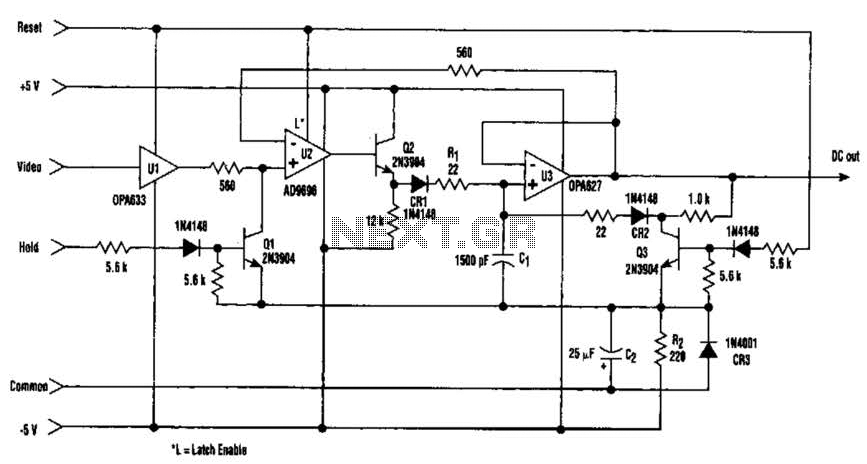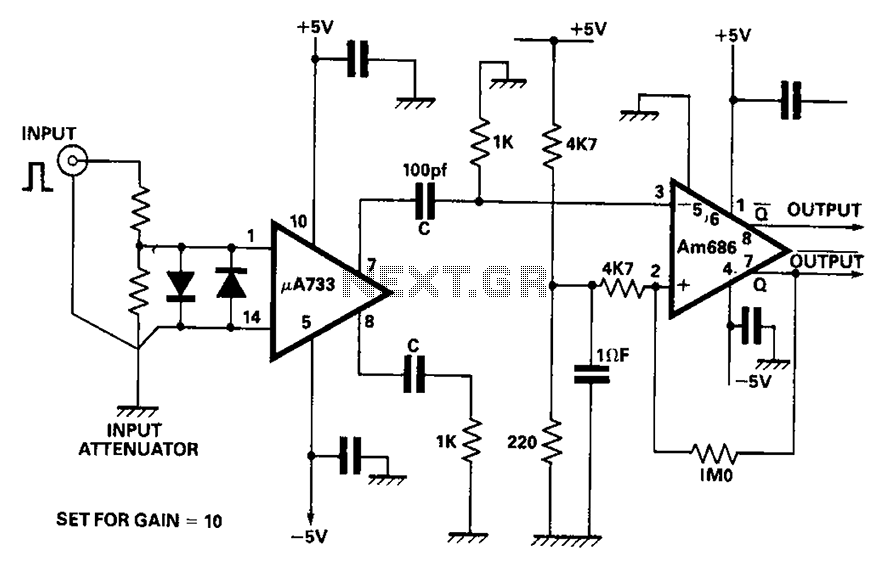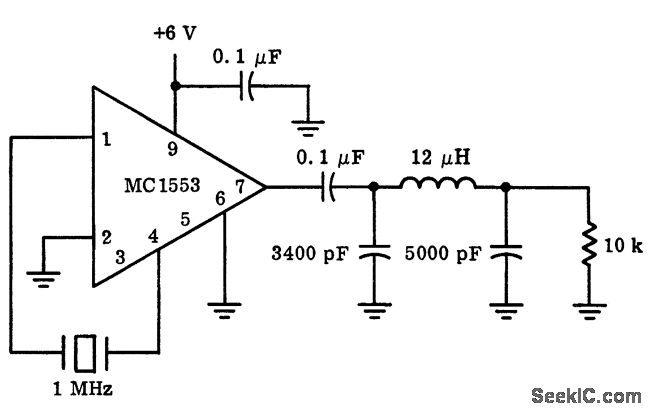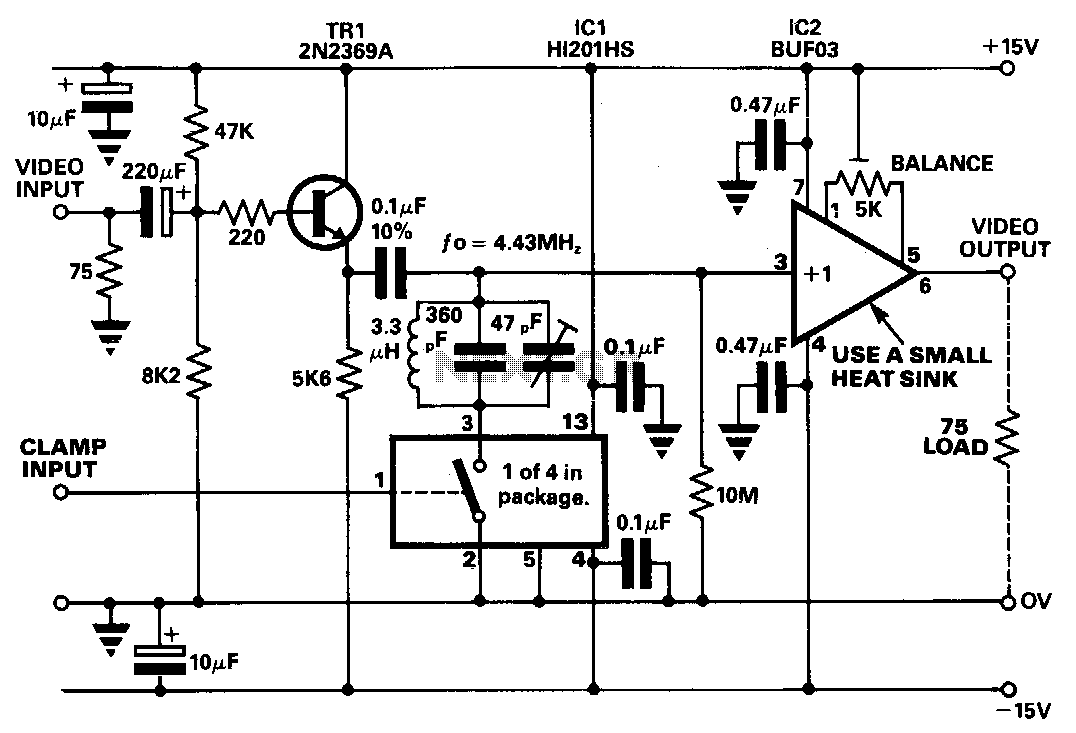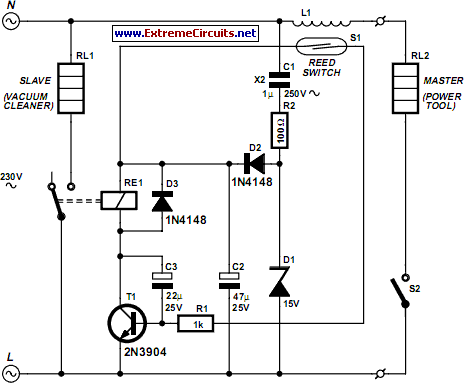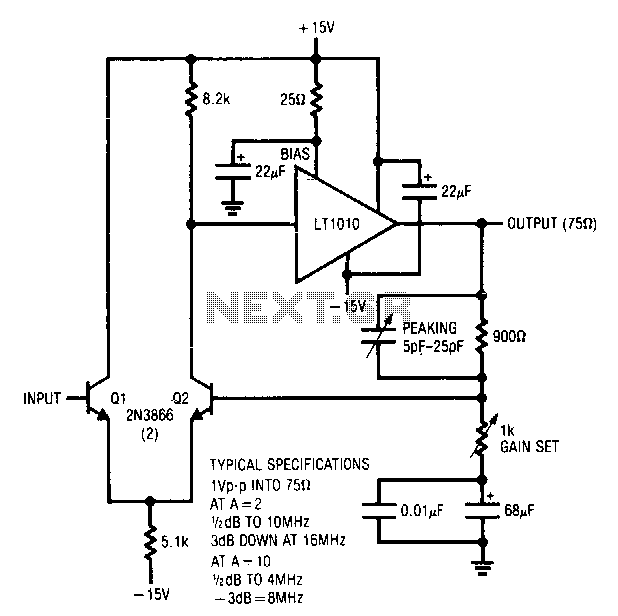
Max454 Video Switcher

The installation of security cameras in offices, homes, or shops has become economically viable due to the decreasing prices of security cameras. However, it is not efficient if we...
The integration of security cameras into various environments such as offices, homes, and retail spaces has gained popularity due to advancements in technology and a significant reduction in costs. Modern security cameras are equipped with features such as high-definition video recording, night vision, motion detection, and remote access, making them suitable for diverse applications.
When designing a security camera system, several factors must be considered to ensure efficiency and effectiveness. These include camera placement, power supply, data storage, and network connectivity. Proper placement is crucial for maximizing coverage and minimizing blind spots. Cameras should be installed at strategic locations such as entry points, high-traffic areas, and vulnerable zones.
Power supply options can vary, with choices including battery-operated cameras, wired systems, or Power over Ethernet (PoE) solutions. PoE systems are particularly advantageous as they simplify installation by allowing both power and data to be transmitted through a single cable.
Data storage is another critical aspect of a security camera system. Options range from local storage solutions, such as digital video recorders (DVRs) or network video recorders (NVRs), to cloud-based storage services. Local storage systems provide immediate access to recorded footage, while cloud solutions offer remote accessibility and scalability.
Network connectivity is essential for real-time monitoring and management of the security system. Cameras can be connected through wired Ethernet connections or wirelessly via Wi-Fi. Wireless systems provide flexibility in installation but may require additional considerations for signal strength and interference.
In conclusion, the declining cost of security cameras has made them accessible for various applications, but careful planning and consideration of installation factors are necessary to achieve optimal security outcomes.Installing the camera in office, home, or the shop becomes economically feasible because the price of security camera going down. It is not efficient if we.. 🔗 External reference
The integration of security cameras into various environments such as offices, homes, and retail spaces has gained popularity due to advancements in technology and a significant reduction in costs. Modern security cameras are equipped with features such as high-definition video recording, night vision, motion detection, and remote access, making them suitable for diverse applications.
When designing a security camera system, several factors must be considered to ensure efficiency and effectiveness. These include camera placement, power supply, data storage, and network connectivity. Proper placement is crucial for maximizing coverage and minimizing blind spots. Cameras should be installed at strategic locations such as entry points, high-traffic areas, and vulnerable zones.
Power supply options can vary, with choices including battery-operated cameras, wired systems, or Power over Ethernet (PoE) solutions. PoE systems are particularly advantageous as they simplify installation by allowing both power and data to be transmitted through a single cable.
Data storage is another critical aspect of a security camera system. Options range from local storage solutions, such as digital video recorders (DVRs) or network video recorders (NVRs), to cloud-based storage services. Local storage systems provide immediate access to recorded footage, while cloud solutions offer remote accessibility and scalability.
Network connectivity is essential for real-time monitoring and management of the security system. Cameras can be connected through wired Ethernet connections or wirelessly via Wi-Fi. Wireless systems provide flexibility in installation but may require additional considerations for signal strength and interference.
In conclusion, the declining cost of security cameras has made them accessible for various applications, but careful planning and consideration of installation factors are necessary to achieve optimal security outcomes.Installing the camera in office, home, or the shop becomes economically feasible because the price of security camera going down. It is not efficient if we.. 🔗 External reference
